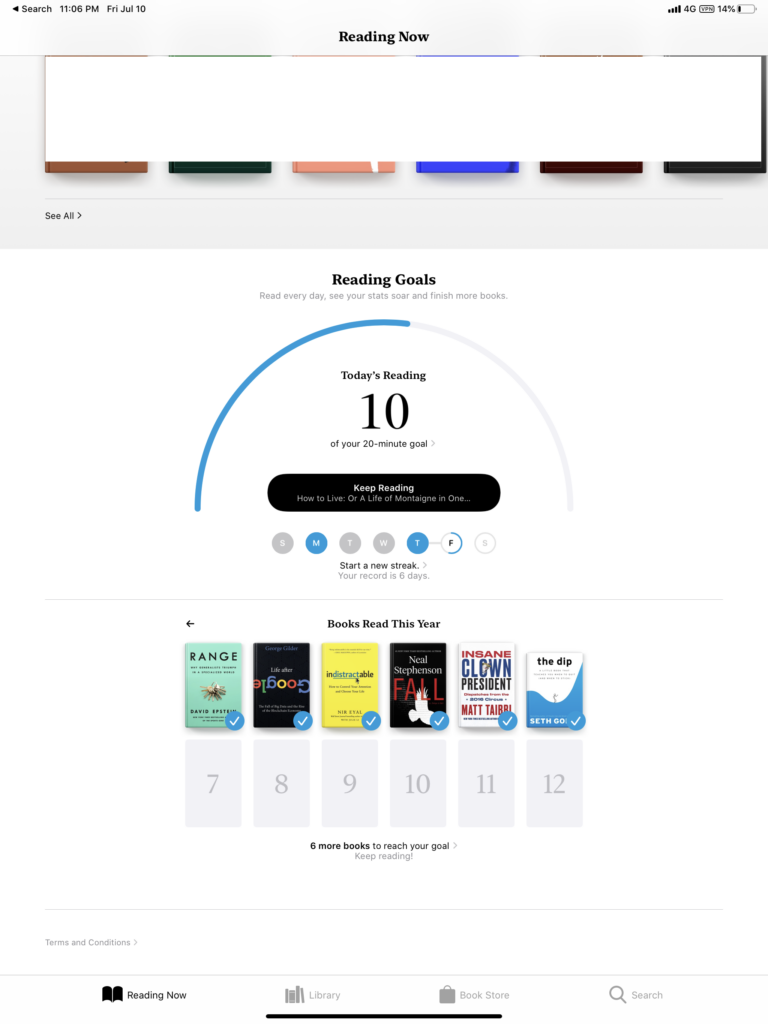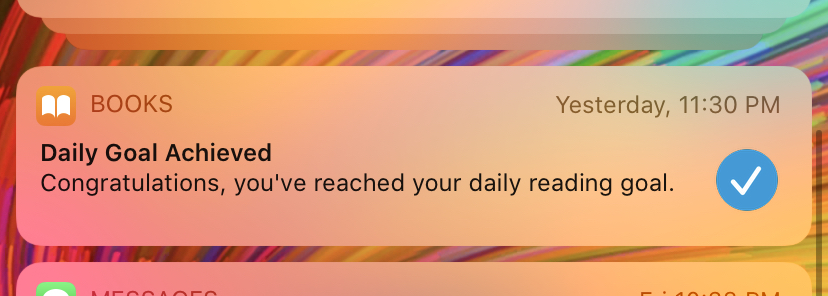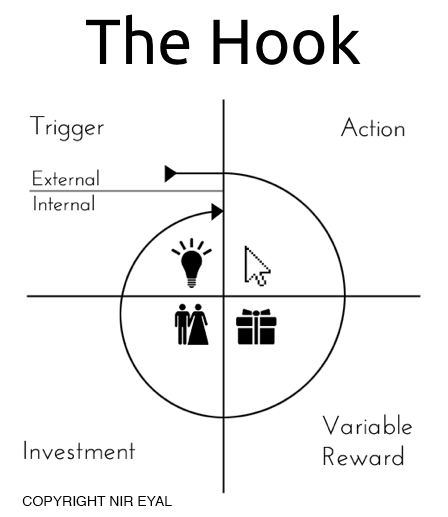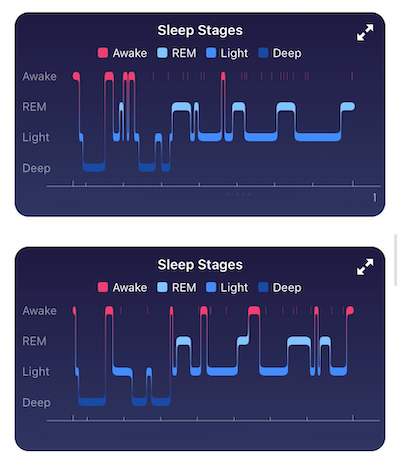(Part 1)
Like we saw in the series on Linear Commerce and communities, we are in the early stages of emergence of thousands of people, each a trusted source in their niche area of interest. When this comes to news, we’re going to see the golden era of independent journalism, where the person, not the institution, is the brand, is where trust resides.
The problem with this is one of longevity. Simply: institutions outlive individuals.
The person who you end up trusting for information and insight into an area that matters to you could take a break, come down with illness, retire or pass away. They are the brand. The trust you repose in that brand isn’t transferable, even to the staff they work with.
A small example of this is Tim Carmody’s Amazon Chronicles newsletter. It was ambitious, and it delivered. His introduction:
There’s no shortage of good Amazon stories, and good Amazon coverage… I think stories like this are just as important and just as interesting (more so, actually) as the latest on Jeff Bezos’s sex life or speculation about Amazon’s earnings and stock price. I like stories that help me see how a company like Amazon, with its tangled web of services and products, entwines itself into our lives, both consumer and commercial… But who is going to gather stories like these and help put them into context? Who, really, is able to take the time to get the big picture when it comes to what’s intermittently the biggest and most influential company in the world?
Also—it’s been a while, so I’ll forgive you if you don’t remember—I was a damned good Amazon reporter. At Wired and The Verge, I wrote stories about Amazon, its reach, and its ambition before it was clear to everyone that Amazon was going to be AMAZON. I’m proud of those stories. It was my favorite beat. I missed it, and wanted to find a way to cover it again.
– Statement of Purpose
The less than two dozen posts between Jan and August 2019 were each some of the best writing I have read on the matter.
But sometime last year, Tim underwent a shoulder replacement surgery and put the newsletter “on hiatus”. He brought it back for a couple more months later in the year, but the last post on was 1st August. He also seems to be off social media so the status of the newsletter is unclear.
This would be different if it were set up and run as a media operation. There’d be other cons, for sure, and perhaps Tim himself wouldn’t have liked to run it as one. But it would be about more than one person, with some provisions for continuity.
Institutions vs individuals also reminds me of the book Sapiens, which in one chapter discusses how humans’ ability to think in the abstract as a group meant they could create virtual entities vastly more powerful than themselves. As this review states:
Yuval uses the example of Peugeot, a limited liability corporation intersubjective. You could kill every employee and stakeholder in Peugeot, but the corporate entity would still exist. The building isn’t Peugeot — it can move offices. Peugeot could make planes rather than cars, so it isn’t what they do that defines them. The only thing that makes Peugeot Peugeot is everyone’s agreement that Peugeot exists, duly noted in the papers of some lawyer.
Yuval also goes on to state how a judge could decree Peugeot disbanded and the company would cease to exist, despite the factory, employees, supply chain exactly as they were before the judgement. The point is that institutions aren’t subject to human limitations: they can’t fall physically sick, there are no physical constraints on their growth, no natural caps on their lifespans.
I think that the shift of trust from institutions to individuals, while real, welcome and exciting, is a pendulum that’ll soon swing back towards institutions, although of a different kind. It may be that some of these new institutions are custodians of reputations of individual publishers, of social norms that define reputation. That trust may reside on a distributed ledger; those social norms codified in a contract. Other institutions that solve the problem of discovery of online publishers may emerge. Their mechanisms of discovery too may be published on blockchains. Still others will broker trustless cooperation between these tens of thousands (more?) of independent publishers – again using DLT.
This is going to be fascinating to watch.







